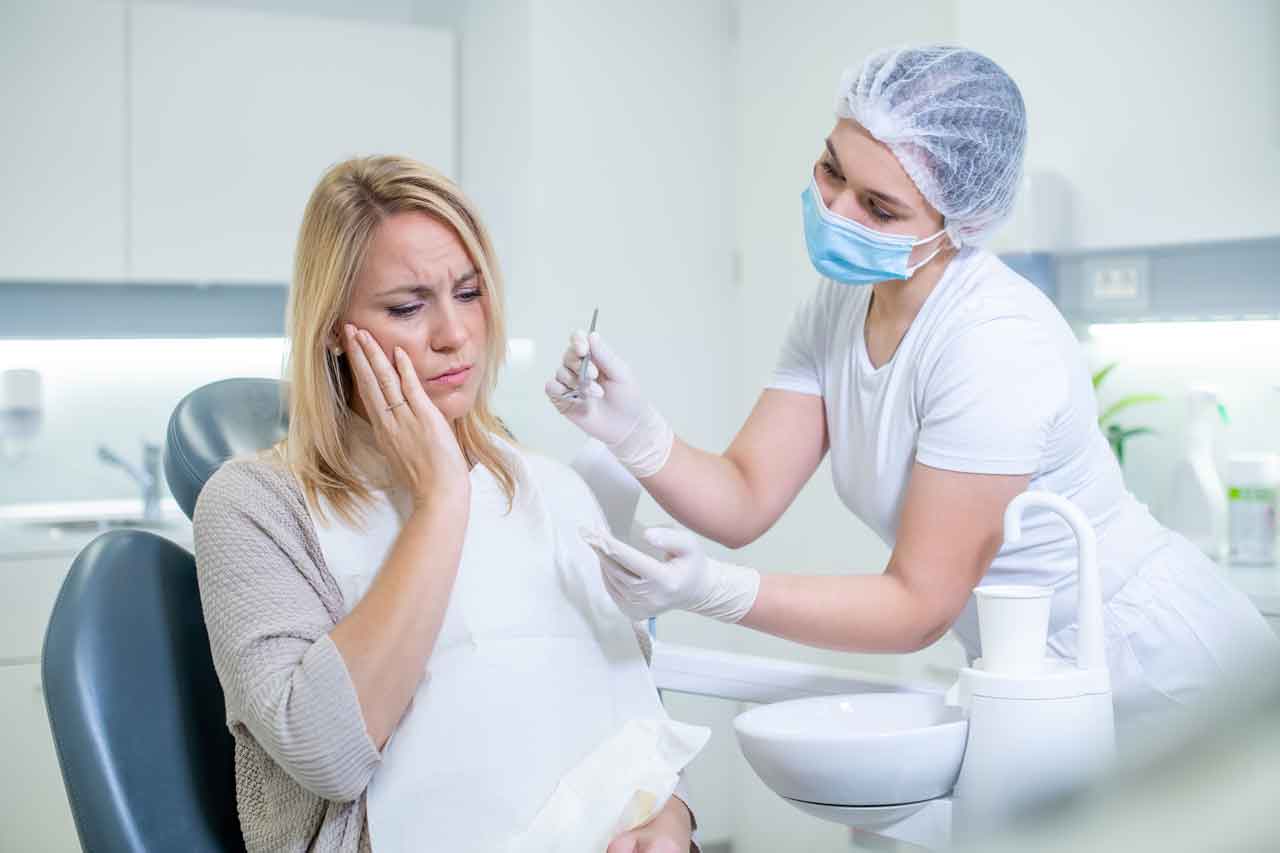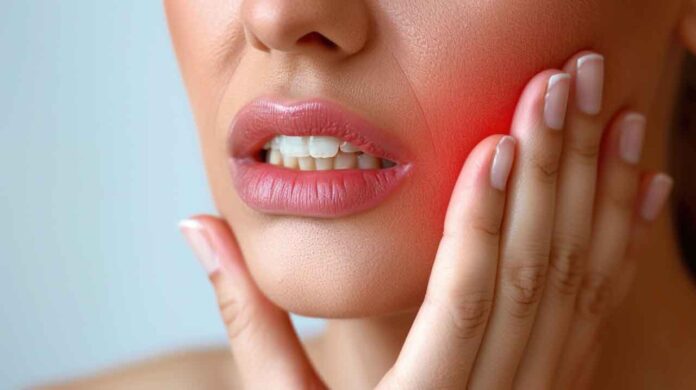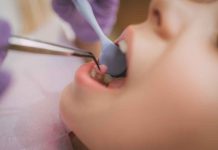Dental emergencies may happen unexpectedly, so preparing to deal with them can help maintain good dental health. From dental trauma to severe tooth pain, understanding these emergencies and their immediate solutions can help you act swiftly and effectively.
 This article covers typical dental emergencies and offers valuable tips on handling the situation until you can see an emergency dentist. Keep reading to learn more!
This article covers typical dental emergencies and offers valuable tips on handling the situation until you can see an emergency dentist. Keep reading to learn more!
1. Odontalgia
Odontalgia is the medical term for toothache. Tooth pain can go from a bit of discomfort to unbearable pain. It’s often caused by tooth decay, dental abscess, or other dental infections. If you’re dealing with tooth pain, gently gargle with warm water and use dental floss to eliminate any food particles stuck in there. Just a heads up, don’t put aspirin directly on your tooth or gums, as it could lead to a chemical burn. Instead, take over-the-counter pain relievers and apply a cold compress to the outside of your cheek. Seek emergency dental care if the pain persists.
A persistent toothache can indicate severe dental issues that require professional attention. Going to an emergency dental clinic immediately is essential to determine what’s causing the problem and get the proper treatment. Waiting too long could worsen things, like causing a dental abscess or infection.
2. Avulsed Tooth
Tooth avulsion is a severe dental emergency requiring prompt action. Hold the tooth by the crown and avoid disturbing the root. Then, rinse it gently with water if it’s dirty. If possible, try to place the tooth back into the socket. If not, keep it moist in a milk container or saline solution. Get emergency dentist services within the next 30 minutes for the best chance of saving the tooth.
Remember, tooth avulsion is a time-sensitive situation. Immediate reimplantation by a dental professional significantly increases the likelihood of saving the tooth. If you can’t reach a dental office quickly, keeping the tooth moist and clean is essential to preserving it for potential reattachment.

3. Damaged Tooth
Tooth damage can occur due to dental trauma from an accident or biting down on something hard. Rinse your mouth with warm water and save any broken pieces of the tooth. If you experience bleeding, apply gauze to the area and a cold compress to reduce swelling. Contact an emergency dentist immediately to repair the damage and prevent further complications.
Prompt action is necessary to prevent infection or damage to the broken tooth. An emergency dentist can provide essential treatments, such as bonding, a crown, or veneers, to restore the tooth’s function and appearance. Waiting too long can result in the need for more extensive procedures, like root canal treatment or extraction.
4. Filling or Crown Loss
Losing a filling or crown can make your tooth more prone to damage or infection. While waiting for emergency dental services, consider covering the exposed area with dental cement or sugarless gum. Avoid using the affected tooth for chewing and seek emergency dental care immediately.
Without a filling or crown protection, the exposed tooth can become sensitive to decay. An emergency dentist can provide a temporary or permanent replacement to protect the tooth and alleviate discomfort. Prompt treatment ensures that the tooth remains healthy and functional.
 5. Abscess
5. Abscess
Having a dental abscess means dealing with a painful infection either at the tooth’s root or between the gum and a tooth. This can result in intense tooth pain, swelling, and a foul taste in the mouth. Some may also experience fever as the body attempts to fight the infection.
For temporary relief, gargle with a gentle saltwater solution. Doing so will help alleviate the infection and lessen the pain. It’s crucial to seek emergency care immediately, as an untreated abscess can escalate into serious medical issues.
Dental abscesses require prompt attention to prevent the infection from spreading to other body parts. Emergency dental services can drain the abscess and provide antibiotics to treat the disease. In extreme situations, root canal therapy or extraction of the tooth might be needed to completely address the problem.
6. Broken Braces or Wires
Broken braces or wires can cause discomfort and damage to the inside of your mouth. If a wire breaks or sticks out, try pushing it back into place with the eraser end of a pencil. Cover the wire with orthodontic wax or gauze to prevent injury if this isn’t possible. Visit your orthodontist or an emergency dental office to have the issue corrected.
Ignoring broken braces or wires can lead to more significant dental problems and delay your orthodontic treatment. Emergency dental care ensures the braces are repaired correctly, preventing further oral injuries. Regular visits to your orthodontist will help maintain your dental health and ensure your treatment stays on track.
7. Soft Tissue Injuries
Injuries to the tongue, cheeks, gums, and lips can result in significant bleeding and pain. Wash your mouth with a saltwater solution and apply moist gauze or a tea bag to the affected area. Hold it in place for 15 to 20 minutes. Use a cold compress outside your mouth and wait for the bleeding to stop. Otherwise, seek emergency dental care.
Soft tissue injuries can be alarming due to the amount of bleeding, but they are often manageable with first aid. Emergency dental services can assess the injury and provide stitches or other treatments if necessary. Taking care of your teeth and being careful with what you do with your mouth can help avoid getting hurt.
8. Object Stuck Between Teeth
Food particles or objects stuck between your teeth can cause irritation and pain. Gently remove the object using dental floss, careful not to damage the gums. If you cannot remove it, visit a dental clinic for assistance.
Objects stuck between teeth can lead to inflammation and infection if not promptly removed. Emergency dental care can safely remove the object and check for potential damage. Regular flossing and careful eating can help prevent such dental issues.
Conclusion
Knowing how to deal with dental emergencies is vital for safeguarding your oral health and avoiding additional issues. While immediate solutions can provide temporary relief, visiting an emergency dentist to address the underlying dental issues is essential. Regular check-ups with your general dentist and maintaining good oral hygiene can also help prevent common dental emergencies. For more information and to find Emergency Dentist Services near you, consult the American Dental Association or your local dental practice.







